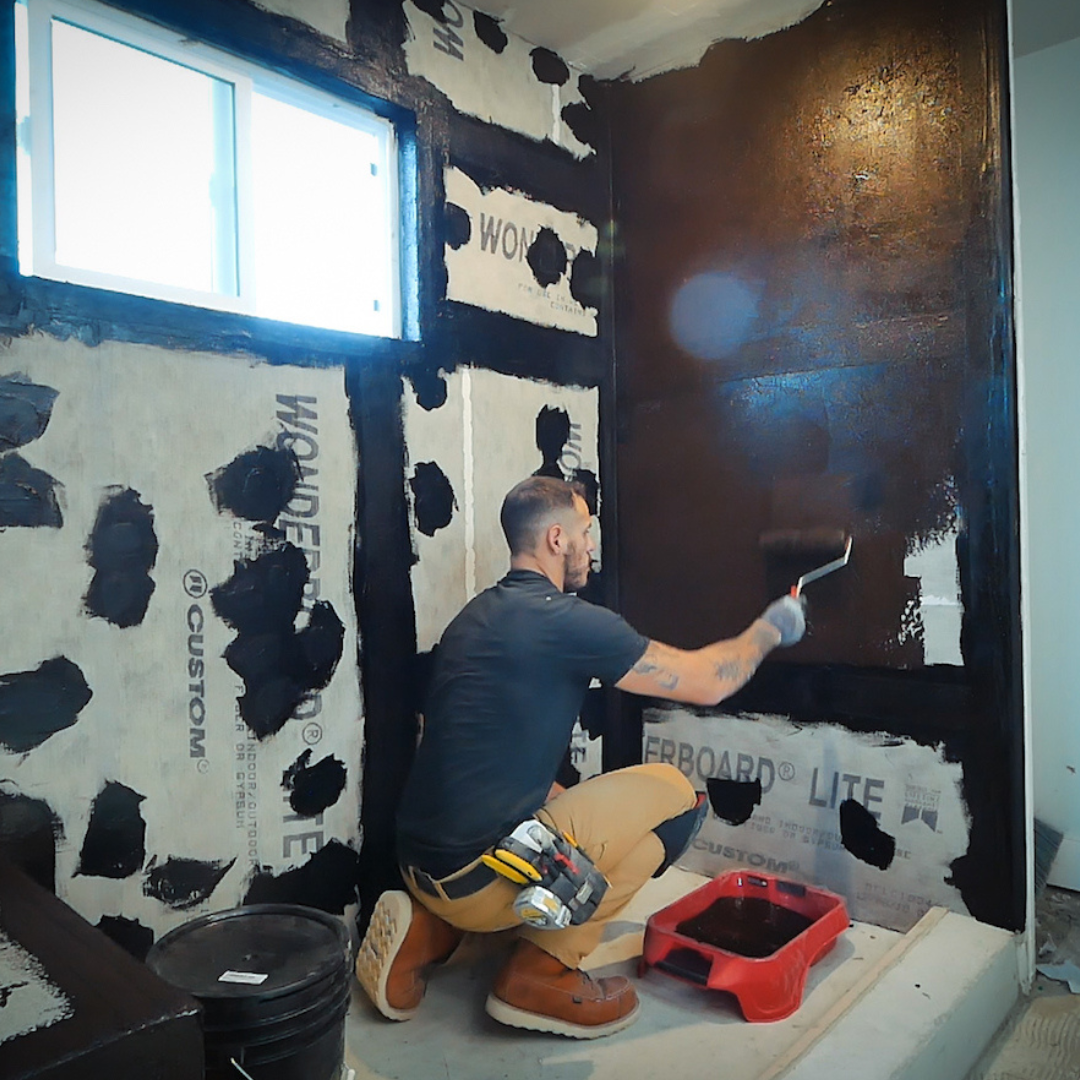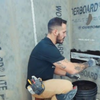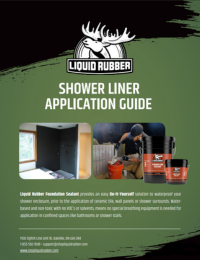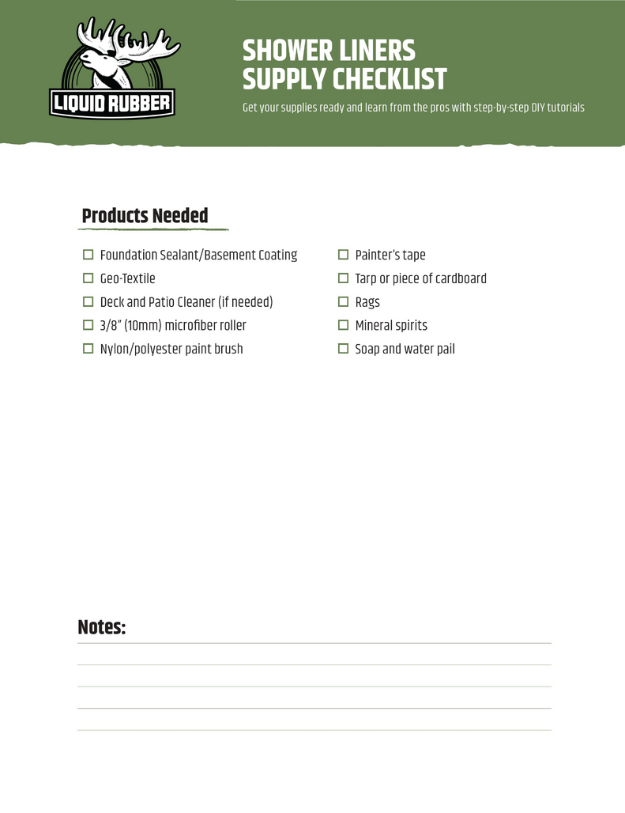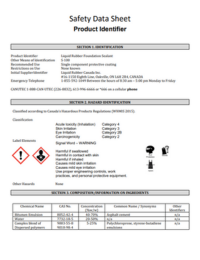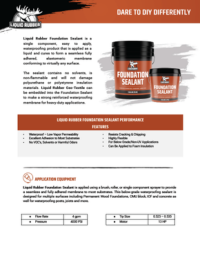
Ultimate Shower Protection
Your last line of defense in your shower is the waterproof membrane. If water gets past your tile (which happens often) and past your waterproofing membrane, then it's going into your home. Not good and causes a big problem.
That's why you always build up a waterproof membrane before tiling. With Liquid Rubber Foundation Sealant, you can do this easily over a weekend. Liquid Rubber allows you to waterproof those hard to do areas like curbs and niches that sheet membranes make really difficult.
It's as easy as painting, start your project today!
Real customers waterproofing their shower
Everything you need to seal your shower. Add or remove items as you need them!
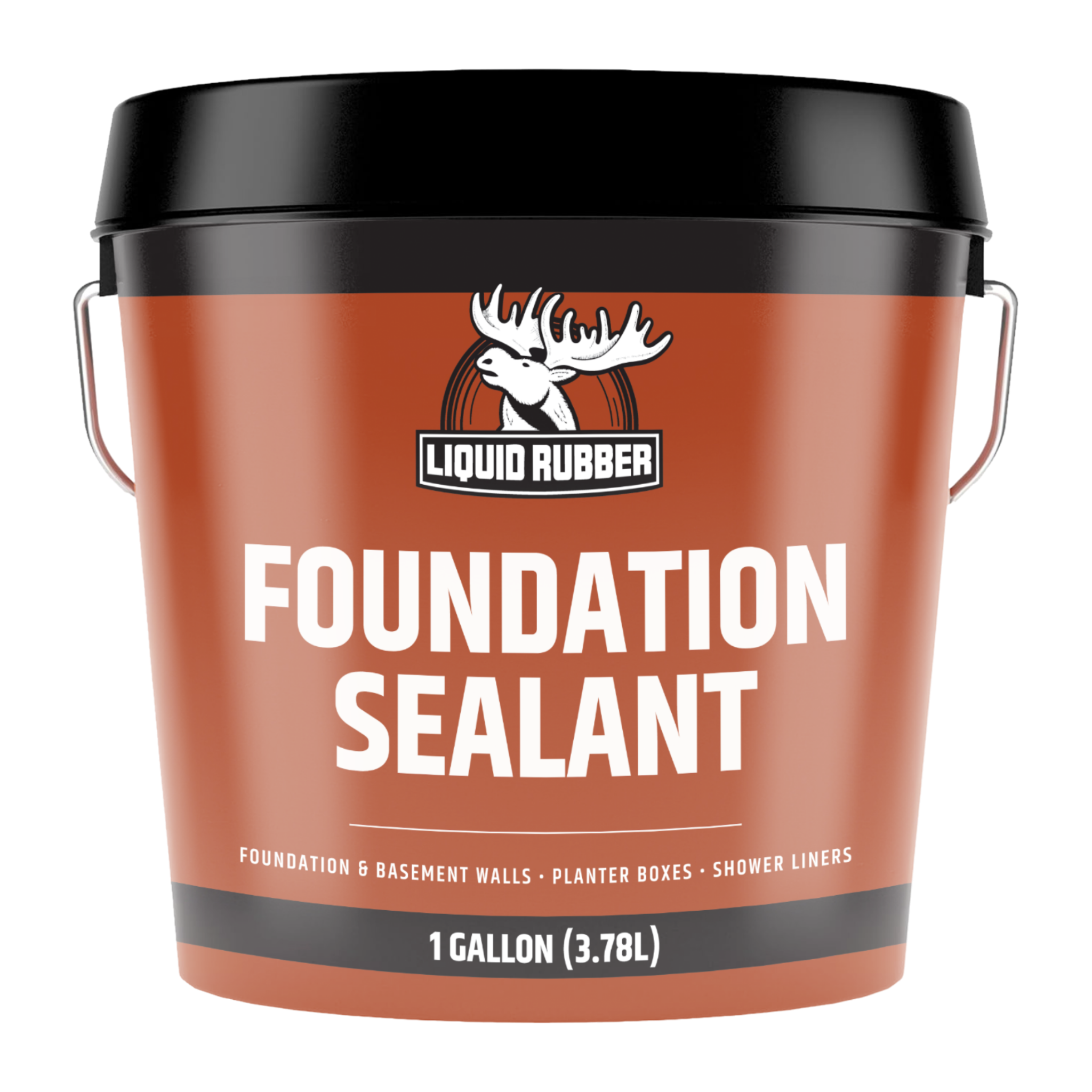
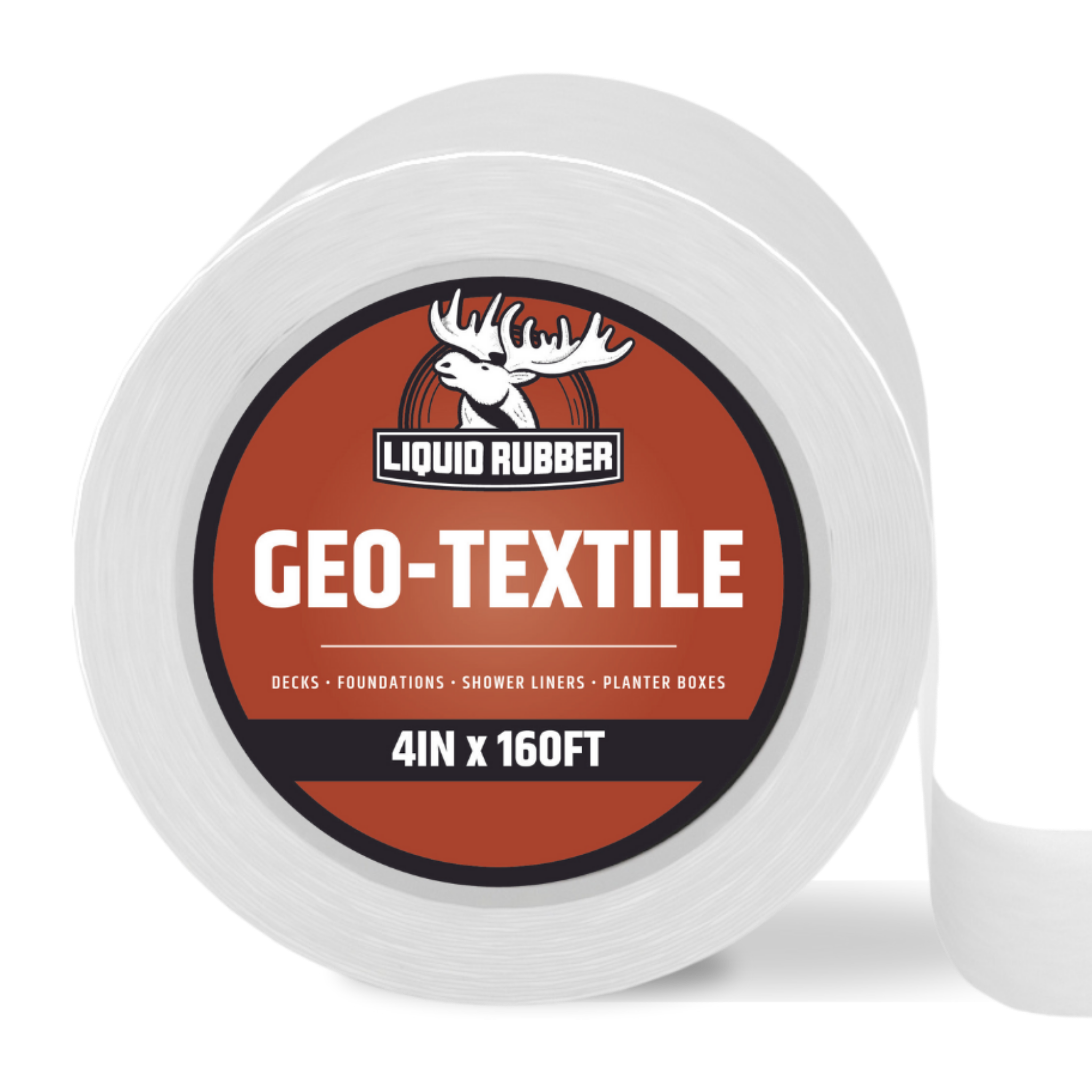
How to waterproof your shower
Essential Resources for Your Project
-
 Application Guide
Shower Liner
Detailed steps to complete your project.
Application Guide
Shower Liner
Detailed steps to complete your project. -
 Supply Checklist
Shower Liner
Make sure you have everything before you start.
Supply Checklist
Shower Liner
Make sure you have everything before you start. -
 SDS
Foundation Sealant
SDS
Foundation Sealant
-
 Technical Data Sheet
Foundation Sealant
Get the technical details you need.
Technical Data Sheet
Foundation Sealant
Get the technical details you need.
Project Steps
-
Identify Your Surface
-
Prepare The Area
-
Detail Work
-
Apply the Coating
-
Clean Up
-
Helpful Tips
Shower Liner Gallery

Questions About Waterproofing a Shower
Our team of experts are standing by to help make sure your project is a success.
-
10 Year Warranty
-
Free Shipping Over $49.95
-
Free Returns
-
Over 1 Million Gallons Sold

